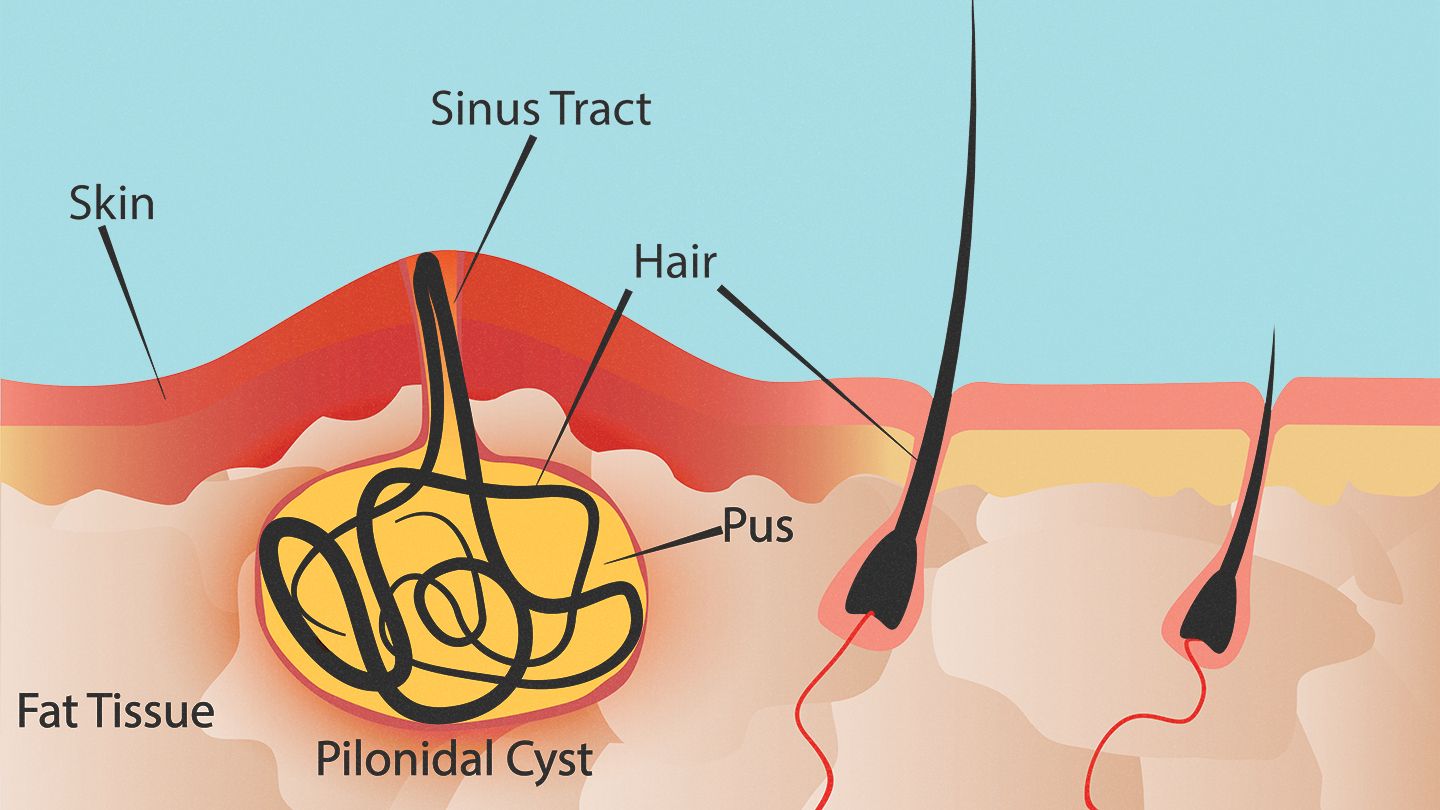In today's consumer-driven world, anti-aging advertisements inundate various media platforms, promising youthful skin, enhanced vitality, and even the reversal of aging signs. These ads often showcase before-and-after transformations, celebrity endorsements, and scientific-sounding claims to capture attention and drive sales. However, behind the allure of these products lies a complex landscape of promises, realities, and consumer considerations.
Understanding Anti-Aging Ads
Anti-aging ads typically promote skincare products, supplements, treatments, and devices claiming to reduce wrinkles, improve skin elasticity, and defy aging. They often highlight ingredients like retinol, hyaluronic acid, peptides, and antioxidants, emphasizing their anti-aging properties backed by scientific studies or clinical trials.
Promises vs. Reality
Before-and-After Imagery: Anti-aging ads frequently feature dramatic transformations, showcasing models or individuals with visibly smoother, firmer skin after using the product. Consumers should be aware that lighting, makeup, and digital enhancements can exaggerate results in these images.
Celebrity Endorsements: Celebrities endorsing anti-aging products lend credibility and appeal. However, their endorsements do not guarantee effectiveness for all users, as individual results can vary based on genetics, lifestyle, and skincare routines.
Scientific Claims: Ads often cite scientific studies or clinical trials to support product claims. Consumers should scrutinize these claims, ensuring they are based on reputable research conducted independently of the product manufacturer.
Consumer Awareness and Considerations
Efficacy and Ingredients: Evaluate product claims and ingredient formulations. Look for active ingredients known for their proven anti-aging benefits, such as retinoids for skin renewal and collagen boosters like peptides.
Safety and Side Effects: Consider potential risks and side effects associated with anti-aging products, especially those containing potent ingredients. Consult dermatologists or healthcare professionals for personalized advice.
Long-Term Benefits: Assess the long-term benefits of using anti-aging products. Consistent skincare routines, sun protection, and healthy lifestyle habits (e.g., diet, hydration) contribute significantly to skin health and aging prevention.
Regulatory Compliance: Ensure products comply with regulatory standards and certifications (e.g., FDA approval for specific claims), verifying their safety and effectiveness.
Consumer Empowerment and Skepticism
While anti-aging ads can inspire hope and confidence, consumer skepticism and critical evaluation are crucial. Understanding the nuances of advertising tactics, separating exaggerated claims from genuine benefits, and making informed purchasing decisions empower consumers to navigate the complex landscape of anti-aging products effectively.
Conclusion
Anti-aging advertisements play a significant role in shaping consumer perceptions and choices regarding skincare and aging. By fostering awareness, critical thinking, and informed decision-making, consumers can navigate anti-aging ads with confidence, choosing products that align with their skincare goals while prioritizing safety, efficacy, and long-term skin health.

.png)


